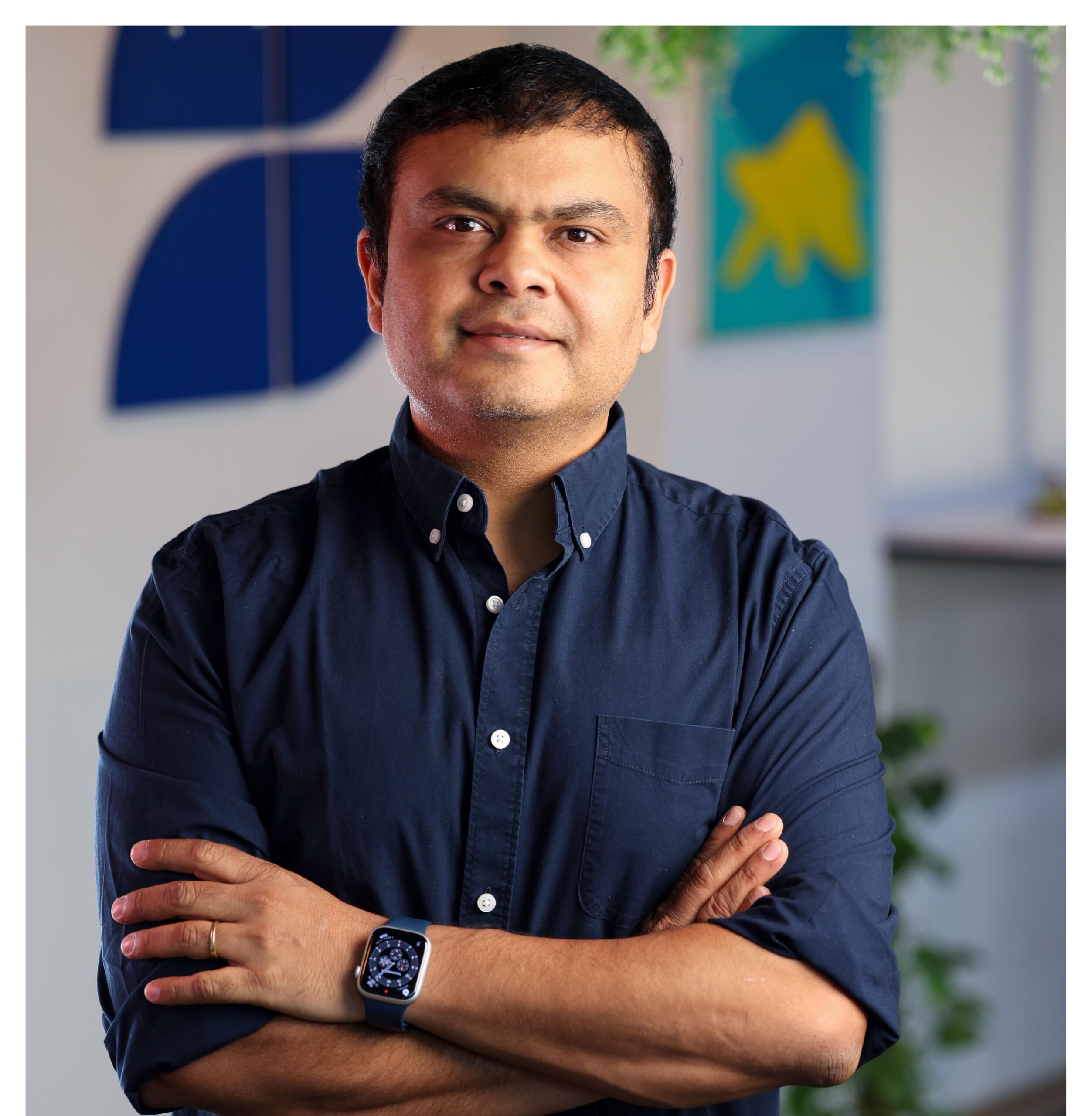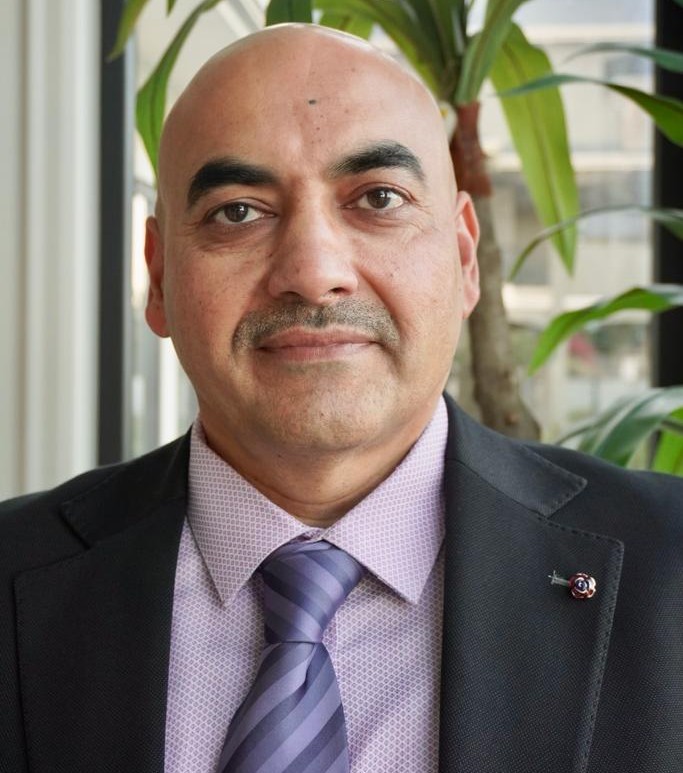By: Dr. Haritha S, Associate Professor at the International School of Management Excellence (ISME), Bangalore
As a psychologist, I’ve observed that the content children consume through ever-present screens profoundly shapes their emotions and behavior, and the General Aggression Model offers a clear framework for understanding this impact. Developed by Craig Anderson and Brad Bushman in 2002, this model integrates social learning and cognitive theories to explain how violent media influences behavior. It identifies three components: inputs, like exposure to violent content; routes, involving internal processes such as aggressive thoughts and hostile emotions; and outcomes, which can manifest as aggression or, with guidance, constructive conflict resolution. For children, whose minds are still developing, violent media can normalize hostile behaviors.
Consider Rahul, a 10-year-old whose experience illustrates this process. His parents, absorbed in demanding careers, entrusted his care to a nanny who allowed him to watch violent shows like Pokémon, Naruto, Demon Slayer, and Attack on Titan, where characters often used force or verbal abuse. Rahul began mimicking these behaviors, hitting his siblings and shouting at his parents with phrases from the shows. Initially, his parents dismissed it as a phase, but as his aggression escalated, they recognized the influence of his media habits. Feeling a pang of guilt, they took action by reducing his screen time, introducing positive programs, and spending more time with him through activities like reading, sports, and family discussions. With consistent effort, Rahul’s aggressive tendencies diminished, his sibling relationships improved, and he became more communicative.
Rahul’s transformation underscores the importance of emotional regulation in counteracting violent media’s effects. Emotional regulation involves understanding emotions and managing them constructively. Mindfulness practices, such as deep breathing, help children stay calm in tense moments. Reframing aggressive thoughts—for instance, thinking, “I can ask for my toy calmly” instead of lashing out—reduces hostility. Parents can guide children to express frustrations verbally and teach conflict resolution strategies like compromising. These approaches foster emotional intelligence, equipping children to handle aggressive impulses effectively.
However, parents cannot address this alone. Media platforms, from television to streaming services, provide easy access to violent content unsuitable for children. Platforms should implement clear content ratings and robust parental controls to restrict access to age-appropriate material. Schools and communities can support families through media literacy programs that highlight the risks of violent media and promote balanced screen time. In India, organizations like the Central Board of Film Certification, the Ministry of Information and Broadcasting, the Broadcasting Content Complaints Council, and the IT Rules, 2021, regulate content. These bodies must strengthen their guidelines to better protect young viewers. The Advertising Standards Council of India should also ensure advertisements avoid harmful messages targeting children.
Rahul’s case reflects a broader issue. Many children encounter violent media without sufficient oversight, and the General Aggression Model illustrates how this shapes their thoughts and behaviors. Unchecked exposure can lead to increased aggression, reduced empathy, and poor conflict resolution skills, with lasting consequences if not addressed. Parents play a critical role in setting screen time limits and teaching emotional skills, but they need broader support. Media platforms and regulators must collaborate to create a safer environment for children. Stronger regulations, effective parental controls, and widespread media literacy initiatives are essential to mitigate violent media’s impact.
Rahul’s story offers hope. His parents’ commitment to positive content and quality time transformed his behavior. This example calls for action: parents should remain engaged, setting boundaries and guiding children toward constructive activities. Schools must incorporate media literacy to help children critically evaluate content. Policymakers should prioritize children’s well-being over commercial interests, enforcing stricter regulations. The influence of violent media on children demands collective action. By combining parental awareness, emotional regulation strategies, and robust media regulations, we can protect young minds and foster empathetic, emotionally intelligent individuals. Rahul’s journey reminds us of both the challenge and the potential for meaningful change.



